Discover Old Tripoli: An open-air museum full of civilization and history
Discover Old Tripoli: An open-air museum full of civilization and history
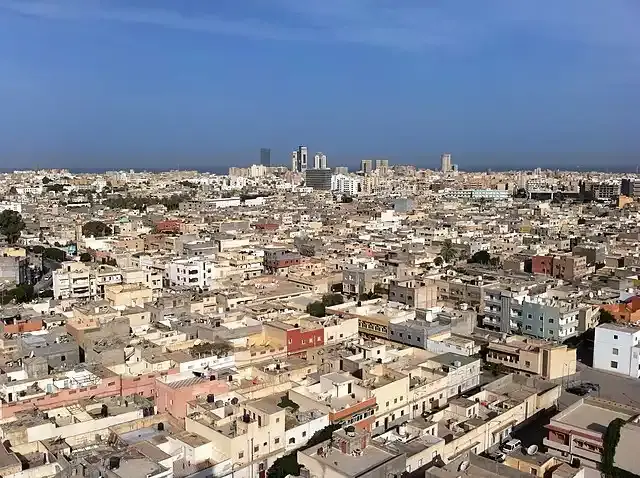
In the heart of Libya, the ancient city of Tripoli is the West as a historical jewel, telling the stories of the ages it has gone through. From the Phoenicians to the Ottomans, every stone in it pulsates with successive civilizations on its land. An open-air museum, this city is brimming with unique architecture and rich cultural heritage, making it an invaluable site for learning and exploration.
Show key points
- Old Tripoli is portrayed as an open-air museum where each corner reflects the layered history of civilizations like the Phoenicians, Romans, Ottomans, and more.
- The vibrant souks within the city serve as cultural and commercial hubs that showcase traditional architecture and offer diverse goods from around the world.
- Unique arches scattered throughout the city highlight Tripoli's architectural legacy and connect visitors to its ancient trade routes and historical eras.
- ADVERTISEMENT
- Islamic architecture is prominently featured in Old Tripoli’s historic mosques, such as the Ahmed Pasha Karamanli and Dargut Pasha Mosques, which also functioned as educational centers.
- Architecturally ornate faucets and water ponds reveal the advanced water management techniques and civic planning of past generations.
- The Red Brigades fortress, a symbol of governance and cultural identity, narrates the story of Tripoli’s political transformations from Roman times through Ottoman rule.
- Walking through Old Tripoli offers an immersive experience into a living heritage, where monuments, markets, and religious landmarks collectively embody the city's timeless spirit.
With every step on its ground, we travel through time to discover markets that used to be bustling with life, mosques where the call to prayer is loud, and palaces that tell stories of grandeur and luxury. Old Tripoli is not just a city, but a journey through history, showcasing civilization and history in their best form.
Recommend
In this article, we will take you on a tour to explore this ancient heritage, reviewing its historical landmarks and following in the footsteps of the generations that inhabited it and influenced its cultural fabric. We invite you to open your eyes and hearts to the experience of ancient Tripoli, the city of civilization and history.
Markets: the heart of social life

The souks of Tripoli's Old City are a vibrant and vibrant centre, representing the beating heart of the city. Spread within the city frame, these souks are sandwiched within its ancient walls, covering an area of about 48 hectares, offering visitors a unique shopping experience that combines authenticity and history1
The markets are characterized by their own architecture that reflects different architectural styles, as the markets are distributed in the middle of open squares in the form of roads, and some of them are covered with roofed arcades that give them a distinctive character. There are around 29 multidisciplinary markets, offering a wide range of commodities including wool, textiles, clothing, paper, silk, sulfur, gold, wood, tar, henna, wax, leather, ostrich feathers, dates, ivory, salt and precious stones.
There are many sources of goods offered in the city's markets, some of which are imported across the desert through caravans loaded with goods from within Africa, and others come from ships coming across the sea from different countries of the world, making these markets a meeting point for multiple cultures and civilizations.
The markets are witnessing constant movement and activity, as porters pass by their animals in the middle of the market, and the voices of vendors are louder with their melodious melodies and various songs, and the artisans' knocks echo on copper plates, and weavers who paint with wool pieces of art in bright colors, giving the markets an atmosphere of vitality and joy.
Arches in Old Tripoli: landmarks that bring visitors
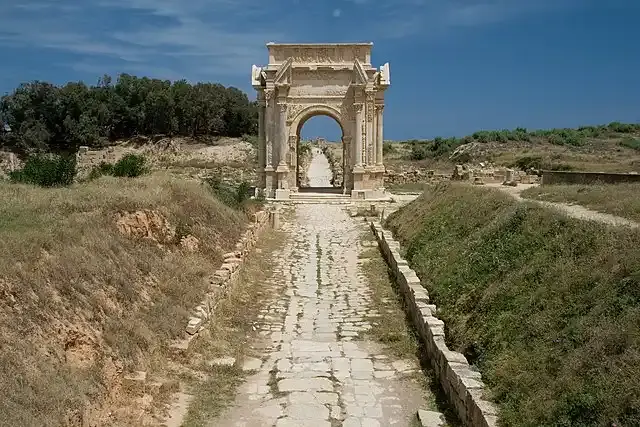
The arches in Tripoli al-Gharb are unique architectural elements that adorn the city, telling the stories of the different eras that the city went through. These bows are distinguished by their diverse designs. Roman arches, such as the Arc de Triomphe, which dates back to the reign of Roman Emperor Marcus Aurelius, show the historical importance of Tripoli as a trading hub between Europe and Africa.
The arches express the high craftsmanship and artistic taste that prevailed in those periods, and today they are considered an integral part of the cultural identity of the city, and are used as historical monuments that attract visitors and those interested in history and architecture. The arches also refer to ancient trade routes and give a glimpse into daily life in the Old City, where it was bustling with movement and activity.
Mosques and Chapels: A Witness to Islamic Architecture
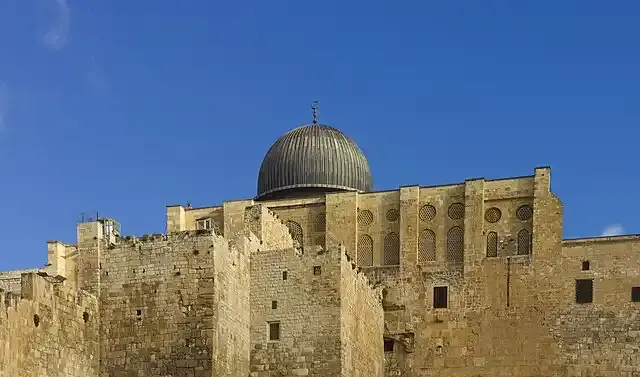
Tripoli's Old City is famous for its ancient mosques, which are living testaments to Islamic architecture and the city's rich history. Among these mosques, the Ahmed Pasha Karamanli Mosque, which is located on Souk Al-Moshir Street, is one of the most important religious landmarks in the city. This mosque was built in the Ottoman era and is characterized by its high minaret and spacious dome that reflects the unique Ottoman architectural style.
In addition to the Karamanli Mosque, there is the Dargut Pasha Mosque, which is also considered one of the prominent mosques in the old city and is distinguished by its design that combines Islamic and Ottoman art. This mosque is known as a center of religious and scientific education, as it included a school for teaching religious sciences and the Arabic language.
Other mosques worth mentioning are the Al-Naga Mosque and the Sheikh Al-Hattab Mosque, both of which are fine examples of traditional Islamic architecture and reflect the religious and social importance of mosques in the lives of the inhabitants of the Old City.
An integral part of the cultural fabric of Old Tripoli, these mosques offer visitors a unique opportunity to learn about Islamic art and the city's rich history.
Faucets and ponds: the arteries of the old city
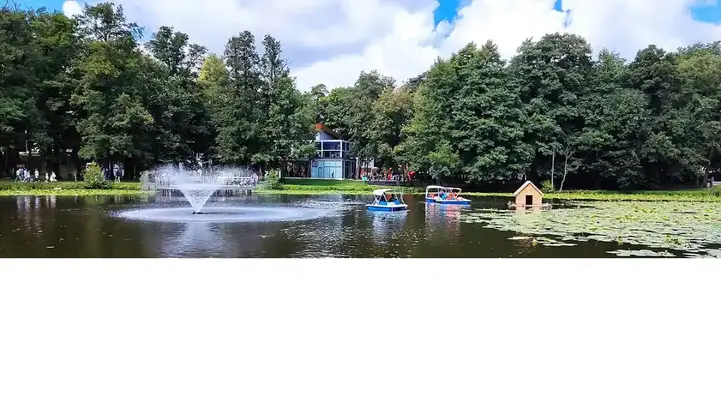
Faucets and ponds are prominent architectural elements of Tripoli's Old City and form an integral part of the city's historic infrastructure. These faucets are distinguished by their wonderful artistic designs and date back to different eras, which reflects the civilizational and cultural development that the city has witnessed over time.
Faucets, originally used to provide fresh water to the city's inhabitants, are today testament to the engineering creativity and attention to detail that was given to public utilities. These faucets were usually built near mosques, markets and public squares, and decorated with Islamic motifs and Arabic inscriptions that give them a special beauty and elegance.
As for the ponds, they were used to collect rainwater and store it for various uses. These ponds were constructed in a variety of sizes and shapes, sometimes covered with domes or arcades to protect them from pollution and to maintain the purity of the water. The ponds are an example of wisdom and ingenuity in water resources management in ancient urban areas.
Today, taps and ponds are tourist attractions that attract visitors to explore the city's history and understand how humans interact with their environment and exploit natural resources in sustainable ways.
The Red Brigades: The House of Governance and Culture
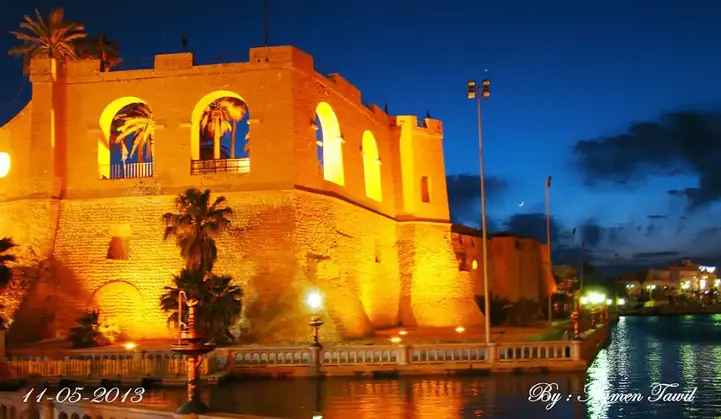
The Red Brigades, or Tripoli Citadel, is one of the most important landmarks of the Libyan capital and is located in the northeastern corner of the Old City. It is distinguished by its red-painted parts, overlooking Omar Al-Mukhtar and Al-Fath Streets, giving it a unique and majestic appearance. Built on the remains of a huge Roman building, the castle has undergone major changes and additions to its architecture through the ages, depending on the taste and requirements of each rule.
It is reported that when the Muslim Arabs marched on Tripoli under the leadership of Amr ibn al-As in the seventh century AD, they found the city surrounded by a strong wall, and they were only able to enter it after a month-long siege. When the Spanish occupied the city, they paid special attention to defensive walls and castles, and it is believed that most of the current exterior construction of the castle dates back to the period of Spanish rule and the period of the Knights of St. John.
In the Ottoman era, the Turks seized the castle and made several additions to it, and turned a church that was inside the castle into a mosque, and the Turkish governors took the castle as their headquarters and their families. Ahmed Pasha al-Qara Manli and his family paid special attention to defensive fortresses, and the citadel during their reign housed a special building of the ruler of Tripoli.
Today, the Red Brigades is a historical landmark that attracts visitors to explore Tripoli's rich history and understand how humans interact with their environment and exploit natural resources in sustainable ways.
At the end of our journey through the alleys and markets of old Tripoli, we find ourselves in front of a living heritage that pulsates with successive civilizations that immortalized their history on the walls of this city. Tripoli, with its monuments and ancient arches, stands tall as a witness to time, telling generations stories of greatness and human creativity.
From bustling souks to lavish palaces, from ancient mosques to taps and ponds, tales of the past and the spirit of the present are evident in every corner. Old Tripoli is not just a city, it is an open book that invites us to read its pages rich in history and culture.
Tripoli has been and still is the crossroads of civilizations and the cradle of cultures, and will undoubtedly remain an open museum full of civilization and history, attracting visitors and researchers, and enriching minds and hearts with the lessons of time and through man.








